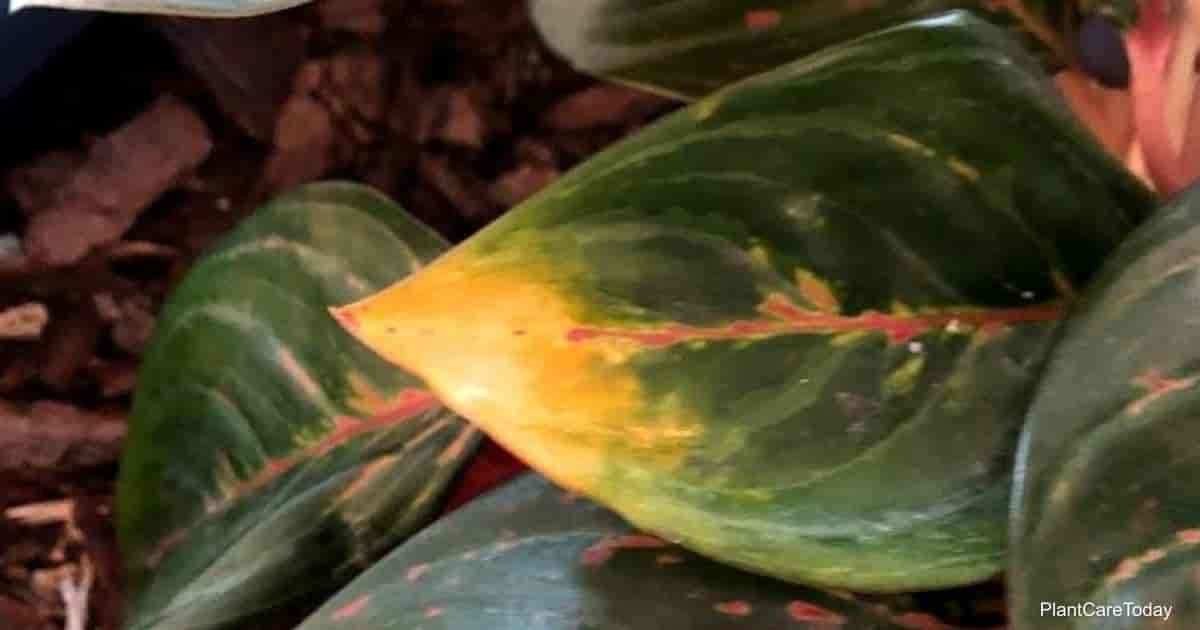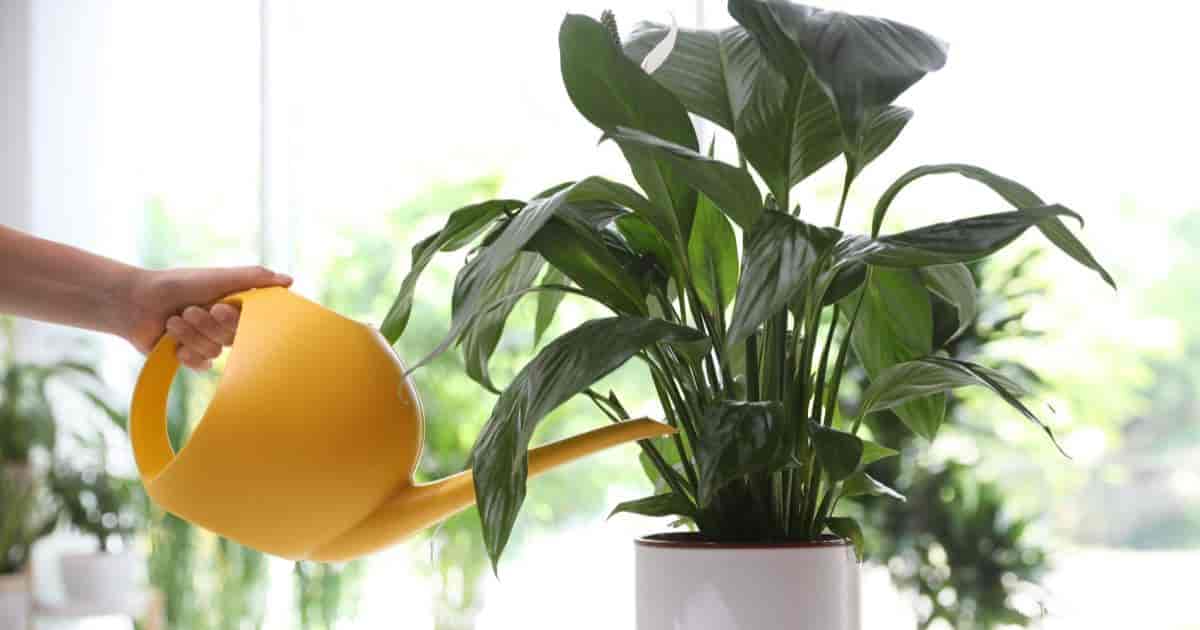The Syngonium White Butterfly is best known by the common name of arrowhead vine. Syngonium podophyllum (sin-GO-nee-um po-do-FIL-um) is an attractive houseplant on its own. The white butterfly cultivar adds even more beauty to the Araceae family.
Syngonium hails from Brazil, Bolivia, and Ecuador all the way up to Mexico. Syngoniums have become highly popular with indoor plant enthusiasts throughout the US.
Leaves up close of White Butterfly arrowhead | buyanchik007.yandex.ru-DepositPhotos
Syngonium White Butterfly and its cultivars have many common names, including:
- African evergreen
- American evergreen
- Arrowhead philodendron
- Arrowhead plant
- Arrowhead vine
- Five fingers
- Goosefoot plant
- Green-old Nephthytis
- Nephthytis
- Tri-leaf wonder
Nephthytis is the name of a similar species. There is frequent confusion between the two. This has led to the interchangeable use of its name for Syngonium plants.
The popular white butterfly Syngonium is one of several cultivars showcasing variegated foliage. It is highly popular due to its tolerance of various environments and physical appearance.
Syngonium White Butterfly Care
Size & Growth
When allowed to grow, the white butterfly Syngonium can achieve a length of 3′ to 6’ feet and a spread of 1′ to 2’ feet.
The length and direction of growth depend upon whether the plant has support or is grown as a hanging plant.
Plants lacking support or gravity tend to grow more compact and tangled.
As the leaves of Syngonium white butterfly grow older they give the plant a varied and unique appearance.
New leaves are heart-shaped with generally a silvery-white to cream core with dark green edging.
As Syngonium leaves mature, they change into the famous butterfly arrowhead shape. This is until the leaves take on a final lobed appearance and length of 5″ to 14” inches long.
Coloration and pattern vary over time. The majority of the leaf ranging from greenish-white to white, creamy white, or silvery white.
Arrowheads Plants Flowering and Fragrance
When grown indoors, Syngonium white butterfly will rarely blossom.
When a mature plant blooms, they appear as small greenish-white flowers on a thick spadex. This later gives way to red or brown-black berries.
Light & Temperature
The white butterfly Syngonium plant is able to handle a wide range of light conditions.
In fluorescent or low light – the white leaves bring welcome color to an office or similar setting. But, its variegation might fade over time.
Medium light or bright, indirect light is ideal for the plant’s leaves to remain their best.
Avoid direct sunlight, as this may cause leaf burn.
This tropical white butterfly arrowhead does well in USDA hardiness zones 9 to 10.
Keep the plant at temperatures between 60° and 75° degrees Fahrenheit.
The butterfly Syngonium makes a far better houseplant than a garden plant.
NOTE: The Syngonium plant group are among the most heat-tolerant foliage plants.
Watering and Feeding
While the white arrowhead prefers to stay moist, too much water can be detrimental.
Allow the surface to become dry to the touch between waterings during the growing season. Allow the soil to dry slightly deeper for autumn and winter.
The true key towards a happy arrowhead plant is higher humidity.
Misting hanging plants or sitting a container plant on a bed of wet pebbles will work wonders for your plant’s health. This will help prevent leaf browning if you forget to water it.
Keeping them in the kitchen or bathroom where it’s naturally more humid can also be a great solution.
During the spring, summer growing season, feed white butterfly with a 1/2 strength all-purpose fertilizer every two weeks. Cut back to monthly in winter.
Soil & Transplanting
Any rich, well-drained potting mix will work for the Syngonium White Butterfly. Choosing a soil mix with good aeration will help ensure a healthier plant.
You will need to repot once every 1 to 2 years and should replace the soil every spring.
Repotting is the perfect time to divide plants. The white butterfly will be happy in a small pot for several years.
Moving to the next pot size (with a drainage hole) can sometimes encourage more vigorous growth.
Grooming And Maintenance
Pinching new growth will help keep the plant compact and full.
Pruning any climbing stems will help keep the juvenile leaf shape.
You may also wish to trim creepers when in a home with children or pets to help restrict access.
How To Propagate Syngonium ‘White Butterfly’
Division is the easiest method of propagation, especially when repotting.
Stem cuttings may also be used when clipped an inch below stem nodes.
Root the cuttings in water or dipped into a rooting hormone and placed directly in a potting mix.
White Butterfly Syngonium Pests or Diseases
Healthy plants are resistant to pests and diseases. A sick plant may suffer many problems, including:
- Aphids
- Bacterial leaf spot
- Mealybugs
- Root rot
- Scale
- Spider mites
This plant is considered invasive in Florida.
It is also mildly toxic due to a high calcium oxalate content.
If ingested this may cause:
- Difficulty swallowing
- Drooling
- Gastric distress
- Kidney stones
- Swelling
- Vomiting
… in cats, dogs, or humans, with the effects being more intense in horses.
The sap may cause skin irritation. Gloves are generally advised when handling the plant.
More on Syngonium plants
Suggested Syngonium White Butterfly Uses
The White Butterfly Syngonium is suited for life in a hanging basket. Syngonium White Butterfly thrives best in a kitchen or bathroom but will brighten any part of your home.The ability of the white butterfly to grow in artificial light allows their white and green leaves to bring life to an office.
Credit : Gary Antosh (https://plantcaretoday.com/syngonium-white-butterfly.html)





